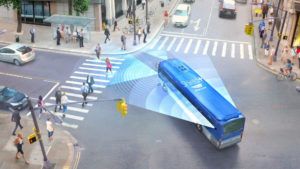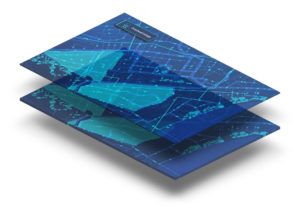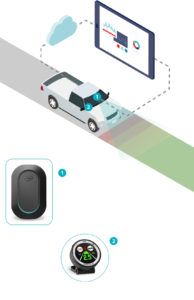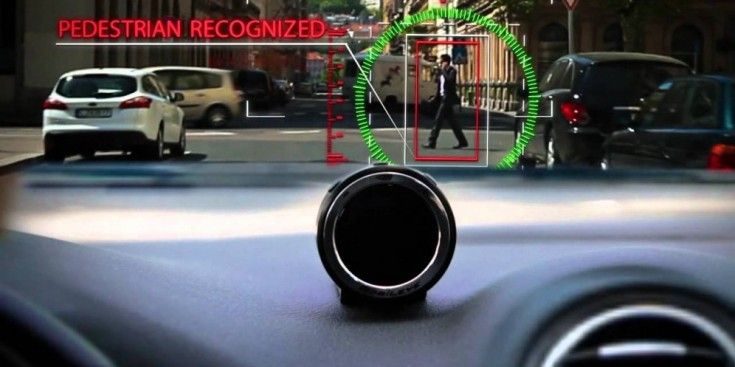Spain’s road safety authority, the Directorate-General for Traffic (DGT), and the City of Barcelona together with Mobileye have presented data from the first two months of a project that is collecting street information to improve their performance, now and into the future.
The Autonomous Ready initiative is a program intended to enhance the safety of streets today while analysing the status of infrastructure to continue improving roads for the future. Through the project, the City of Barcelona and DGT are using cutting-edge driver assistance technology from Intel’s Mobileye division to make the city safer, both immediately and in the long term. Equipping fleet vehicles that travel roads at a high frequency serves a dual purpose: fleets gain a significant safety boost, while the city gains valuable insights into the most accident-prone areas where infrastructure can be improved. Barcelona’s public-private collaboration incentivises logistics, postal, transit, utilities and other services to join the project by providing preferred status to these ‘safe fleets’ in areas such as parking, access, and loading and unloading privileges.

A total of 400 vehicles from 12 local fleets have been equipped with Mobileye’s 8 Connect retrofit advanced driver-assistance system (ADAS) powered by the company’s EyeQ4 vision processor. The Mobileye-equipped vehicles collectively travel 28,000 miles (45,000km) daily, sending data to the cloud about what the on-board camera ‘sees’. In the first two months of the project, 240,000 pedestrians and 37,000 cyclists were detected, and the equipped vehicles have experienced 668 near-miss collisions that were potentially prevented by safety alerts issued to the driver. The number of Mobileye-equipped vehicles is expected to grow to 1,000 in 2020, and to 5,000 within three years.
The pioneering initiative is intended to make Barcelona safer in two main ways. First, by equipping fleet vehicles with Mobileye retrofit collision avoidance and mapping technology, those vehicles will be involved in fewer accidents. Secondly, by passively surveying the roads and sending that data to the cloud for analysis, the city can improve its infrastructure and make the streets safer for all users.

As fleets travel on their usual routes, on-board cameras collect anonymous information about roadside infrastructure that is then aggregated with external data, such as accident history or weather information, which then becomes the basis for the application of artificial intelligence (AI) in the detection of potential dangers and the identification of hidden problems that generate mobility risks. Over time, as the sensors gather more information, the authorities can gain an in-depth understanding of the city’s risk profile by identifying patterns of daily traffic behaviour in which vehicles, bicycles and pedestrians co-exist.
“At Mobileye, safety comes first. And for that reason, we are in the continuous process of technological development to protect the most vulnerable road users and to lay the groundwork for future autonomous vehicles. Any city that wants to make its streets safer now can take advantage of this advanced technology to do so,” said Gil Ayalon, Mobileye’s director for the EMEA region. “Through the Autonomous Ready initiative, Spain is pioneering the adoption of innovative technology and becoming a world leader in the field of road safety and mobility.”





